With the custom keyboard hobby gaining in popularity, we are seeing more affordable options but the Qwertykeys QK65 is one that defines what a starter custom keyboard should be. Qwertykeys is the sister company of the ever popular Owlab, which has birthed popular keyboards such as the Jelly Epoch and Mr. Suit. Qwertykeys aims to deliver high quality custom keyboards at an affordable price.
The QK65 is 65% keyboard that costed between S$236-250 (for Anodised case + hotswap PCB option) depending on the round of GB participation. QK65 competes directly with the popular affordable option of Keychron Q2 at S$219 and Meletrix Zoom65 at S$270 (in-stock).
Tech specs
| Dimensions | 320mm x 115mm |
| Front Height | 19.5mm |
| Angle | 7.5° |
| Weight | 1.3kg (2.87 pounds) Around 1.76kg (3.89 pounds) after build |
| Body Material | Aluminium |
| Plate options | FR4 / PC / POM / Aluminium |
| PCB options | Hot-swappable / Solder |
| Stabilizers | Owlab stabilizers |
| Connectivity | Wired only (Type-C) |
| Software | VIA with .json until it’s merged VIAL compatible Powered by QMK |

Unboxing
For ~S$240, the QK65 keyboard comes with a lot of accessories and options. You even get a coiled cable and a hard shell carrying case if you intend to bring it around. If this is something you value, then this surely packs more value than the Keychron Q2.
Below shows what you will receive in the QK65 kit:
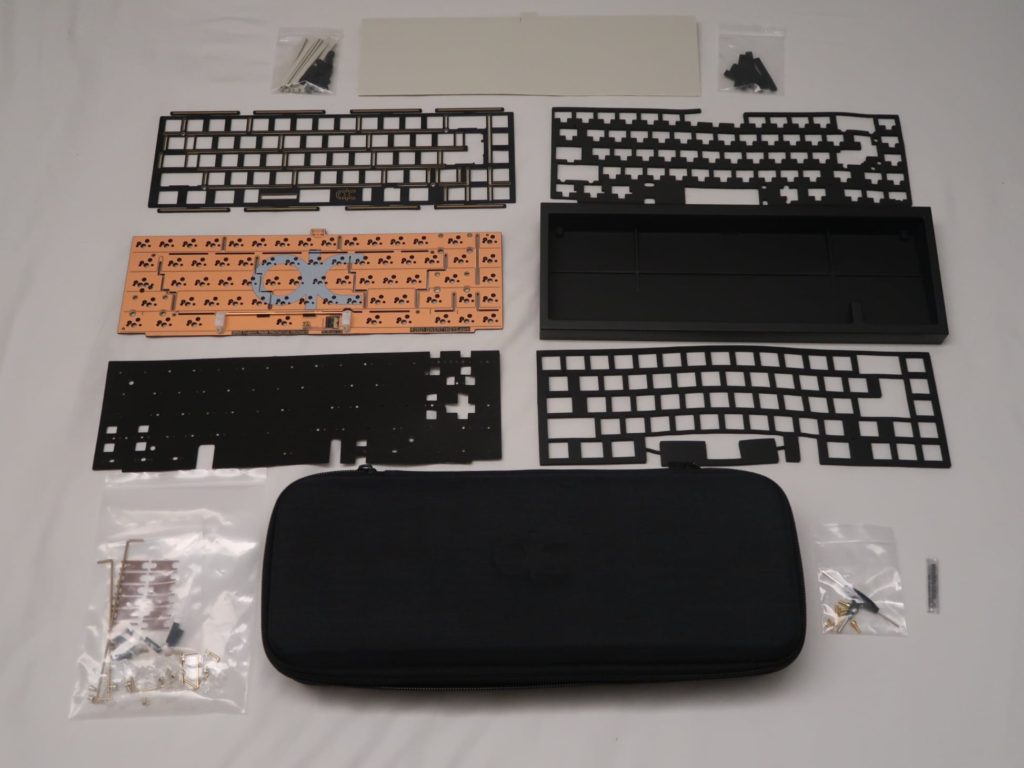
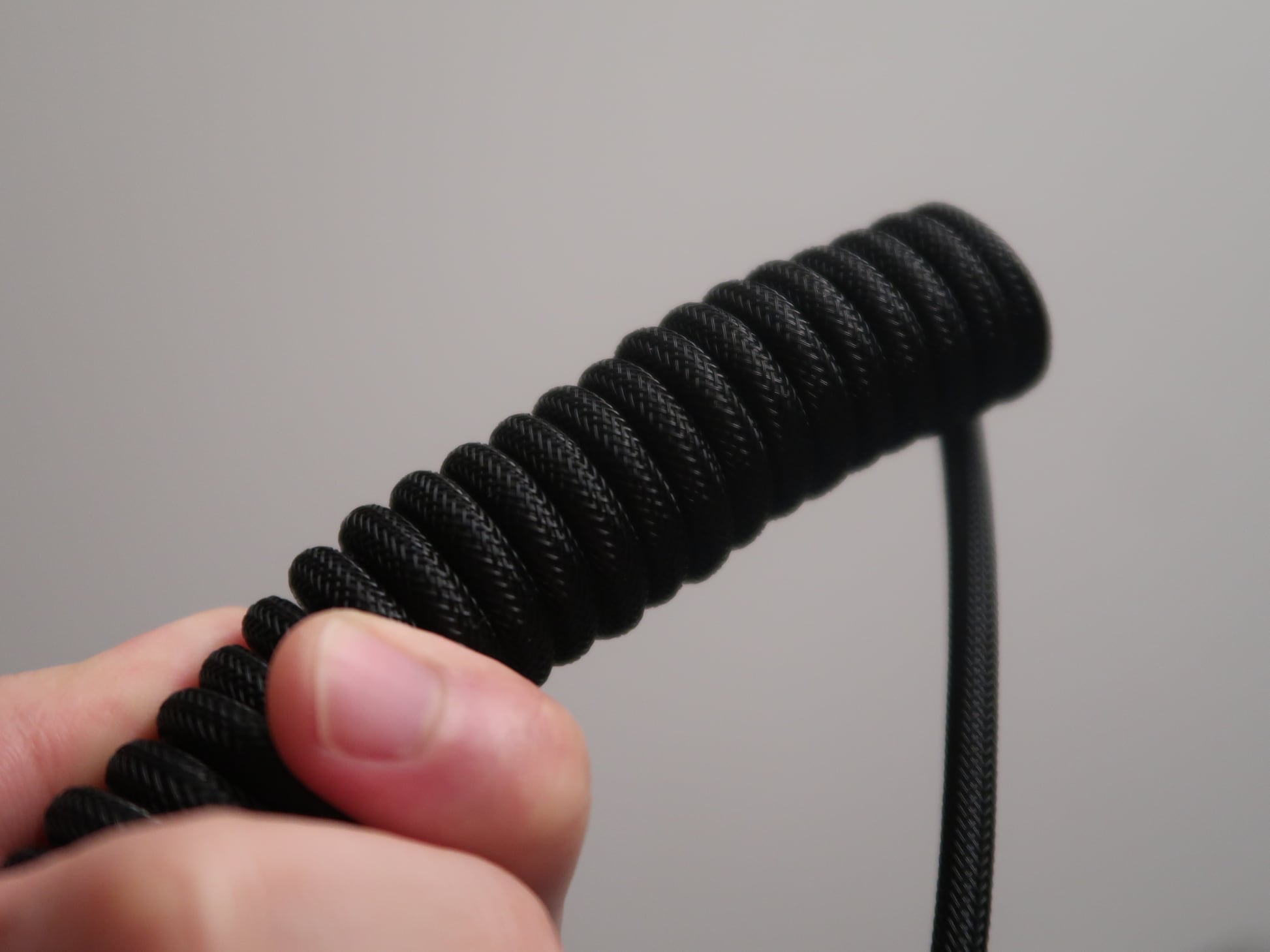
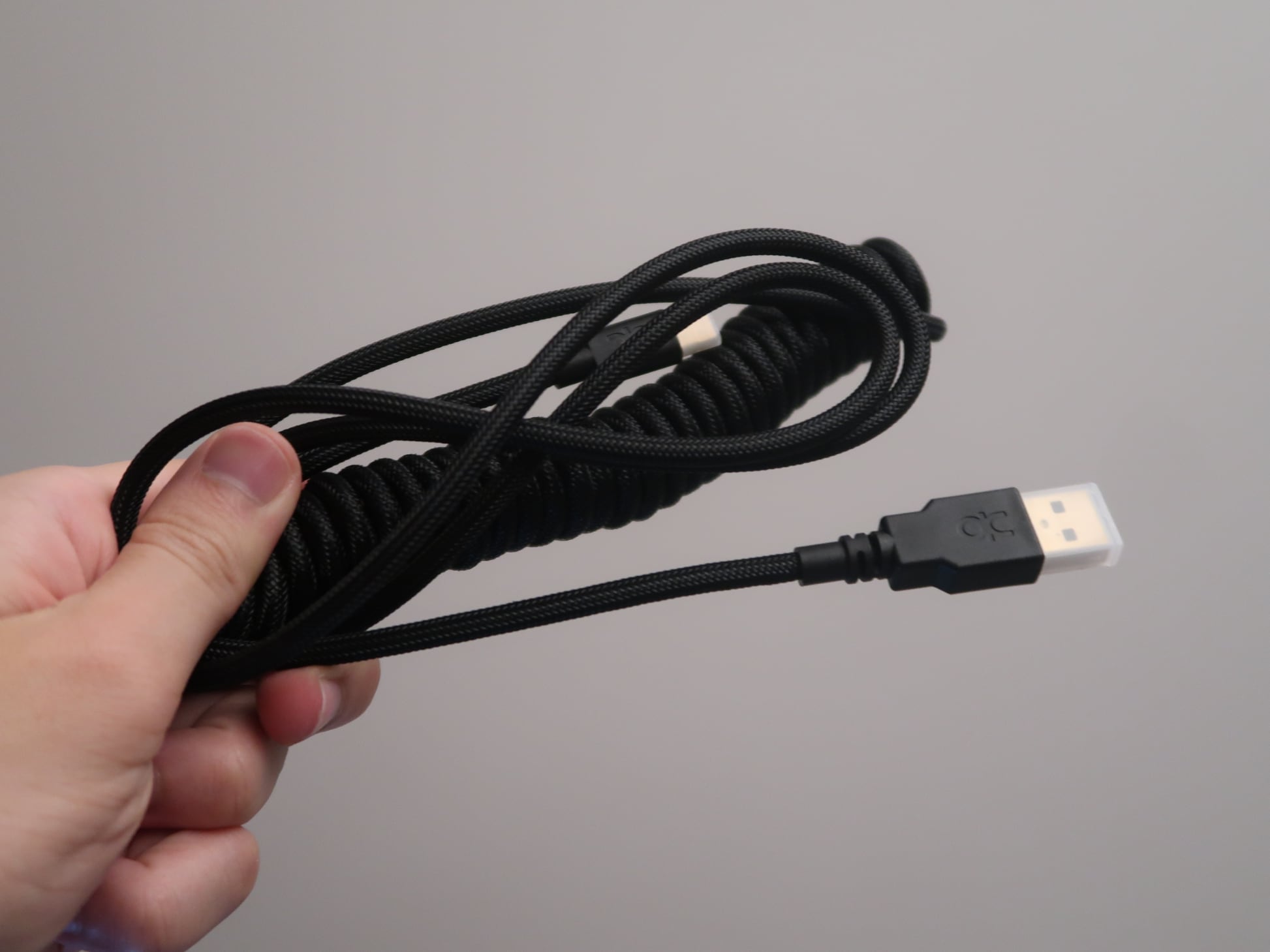
- QK65 Pre-assembled case (including CNC top, die-casted bottom case and PVD – Stainless-steel weight)
- QK65 carrying bag
- Gaskets (jackets and socks)
- Qwertykeys USB-C coiled cable
- Rubber case feet
- A set of Owlstabs 80% stabilizers
- PCB
- PE sheet
- Poron PCB foam
- Customized-moulded Silicone dampener
- Poron Case foam
- Plate
- Tri-head screwdriver
Build quality and design
This is the department where paying slightly more for the QK65 keyboard is worth over the Keychron Q2. If aesthetics and design is something you value, the QK65 definitely trumps Keychron Q2, or at least in my opinion. I have the Keychron Q1 and one of my nitpicks was its anodisation finish, as it looked a little “particled” and is more of shine compared to a matte finish. QK65 on the other hand, has a premium looking matte finish with anodisation that feels smooth to the touch, reminiscent of the anodisation on the more premium Owlab Mr. Suit.
Additionally, if you seek an aesthetic angle of having a back weight, and there were many options to choose from as well. I went for the hyped Chroma back plate, and boy it sure looks stunning. I think the below pictures speaks for themselves.
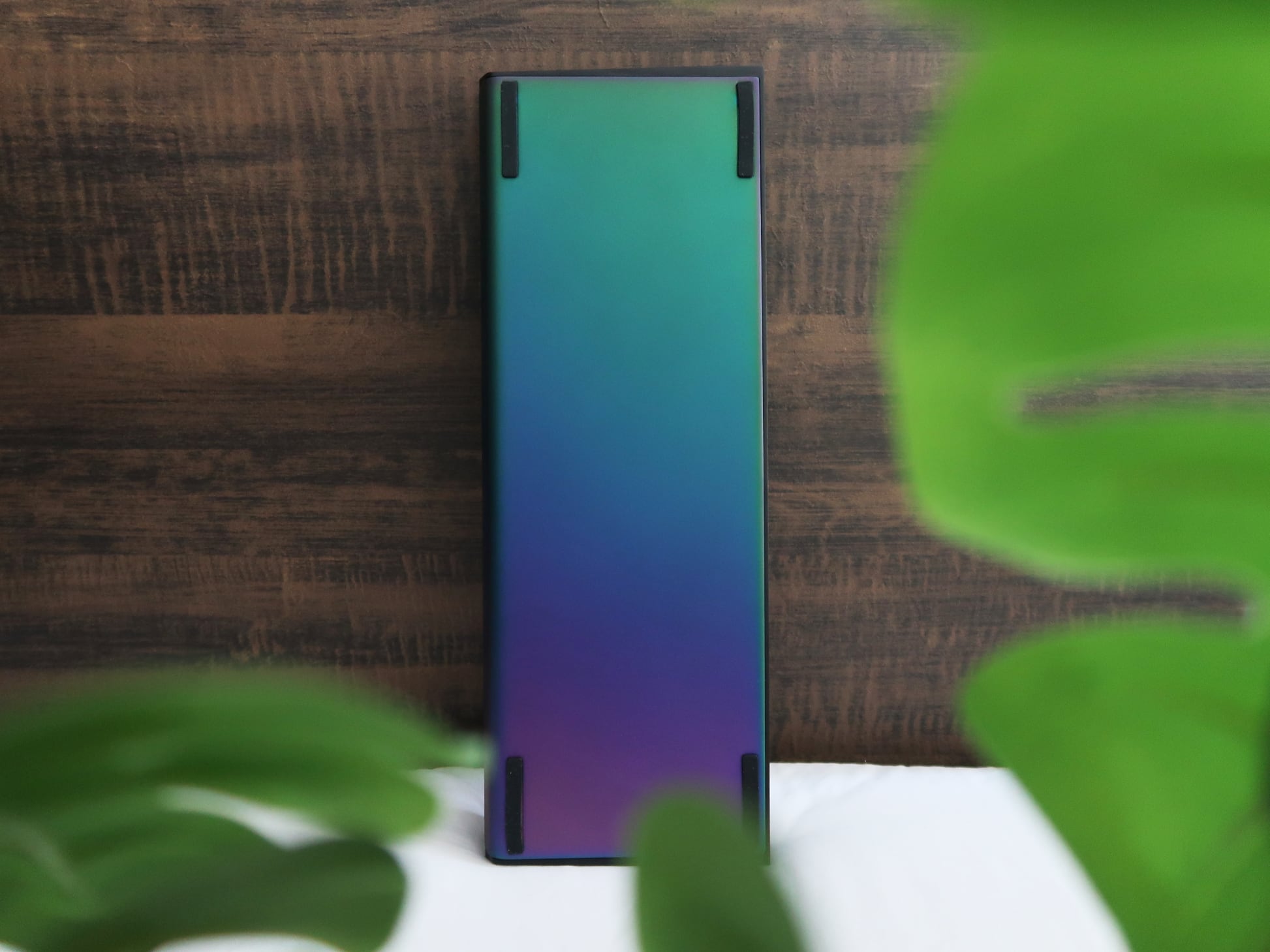
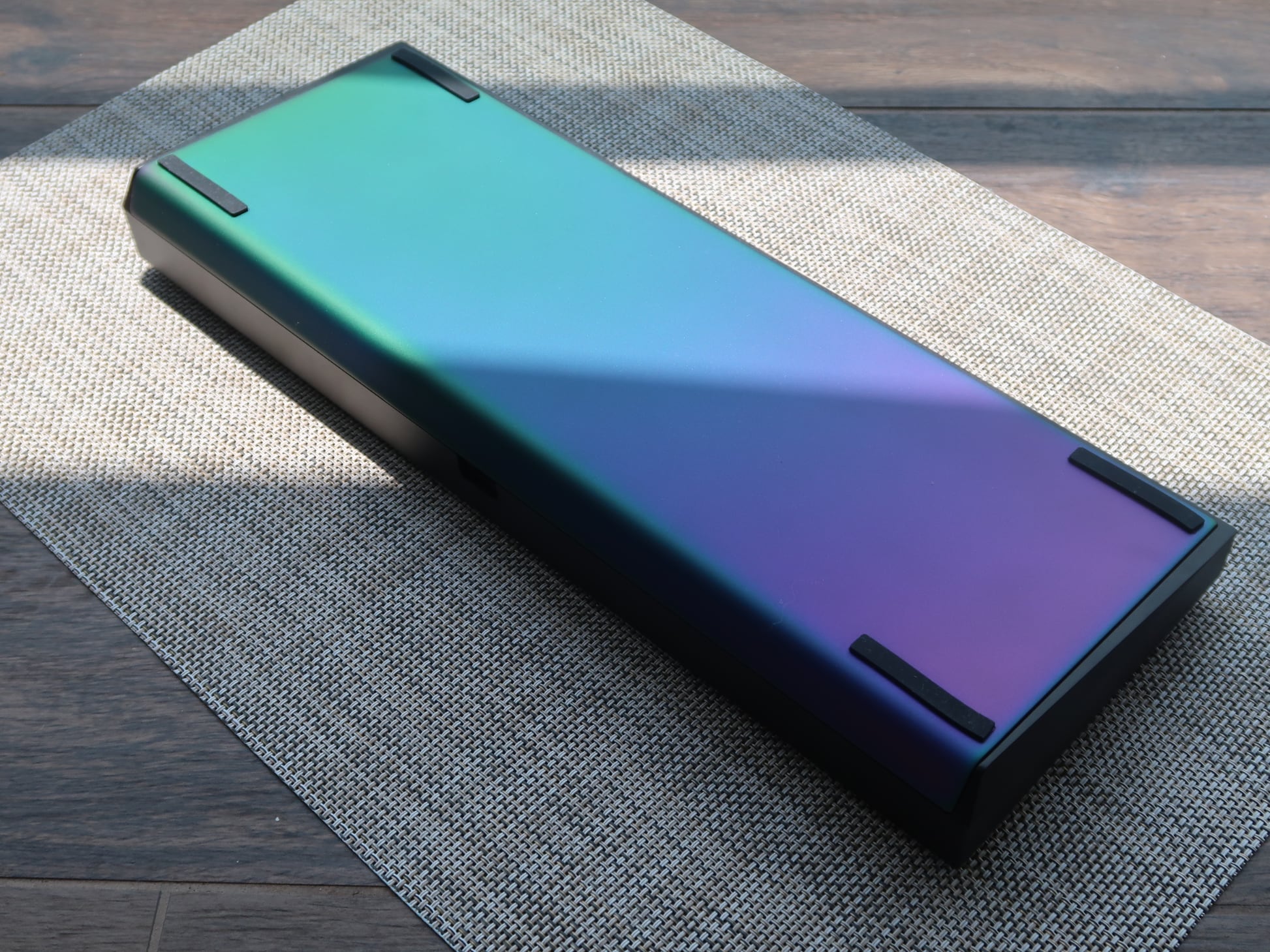
When it comes to build quality, the aluminium used feels high quality. There are some parts such as the back of the weight and case that feel a little cheap but those parts are all internal and cannot be seen anyway. If any, it was an ingenious way to cut down costs. If I had to nitpick, it would be that back weight doesn’t sit as flushed to the angle of the case. Even so, the QK65 still looks and feels like a premium board, and not something I would classify as entry-level in terms of looks.
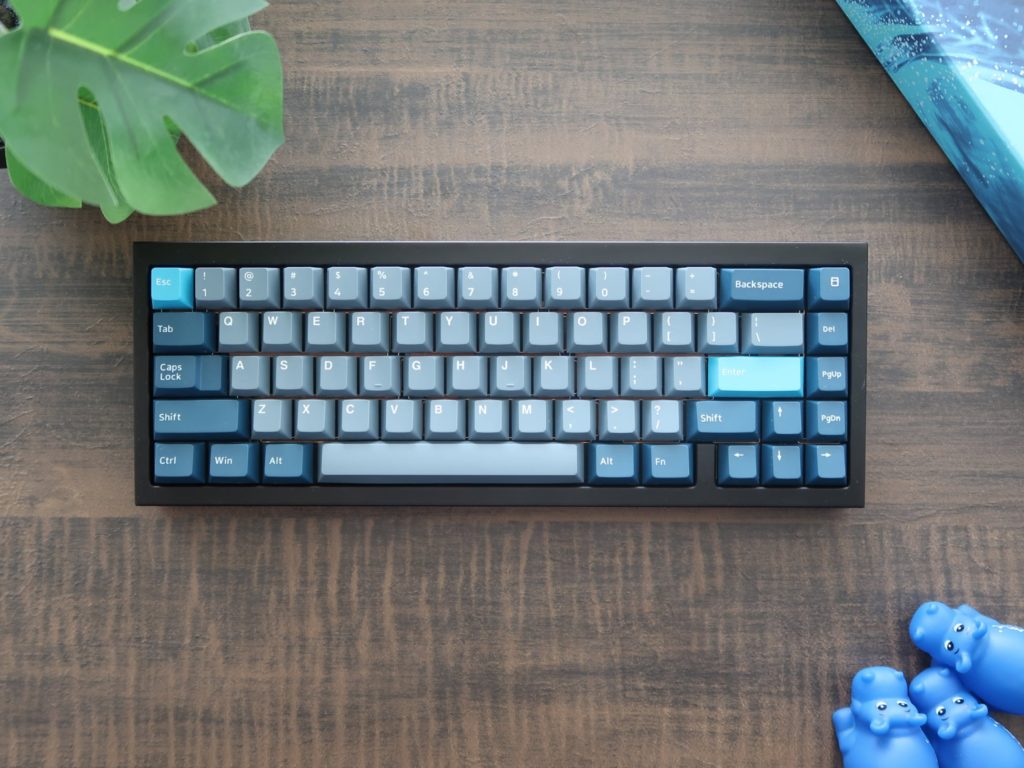
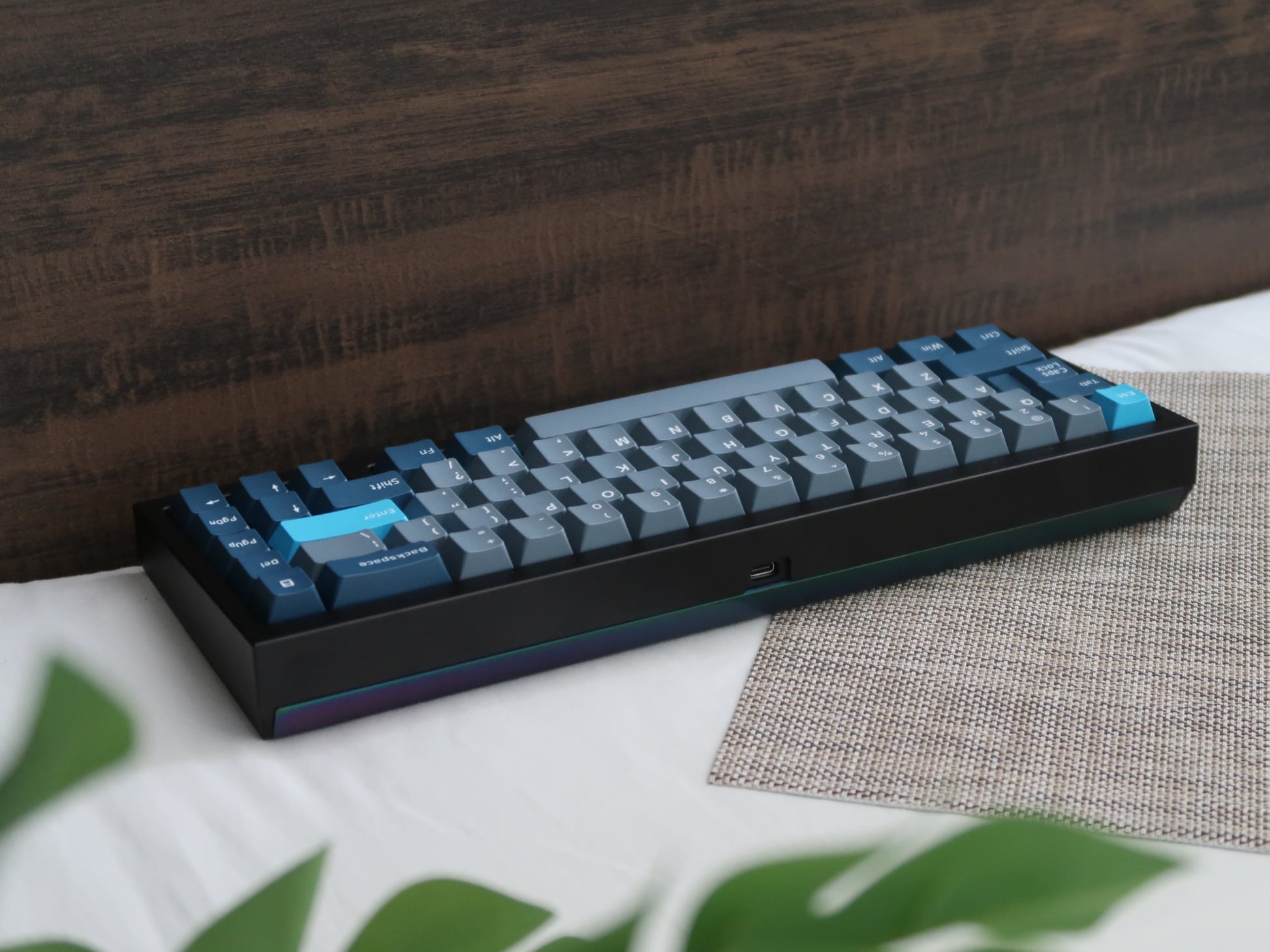
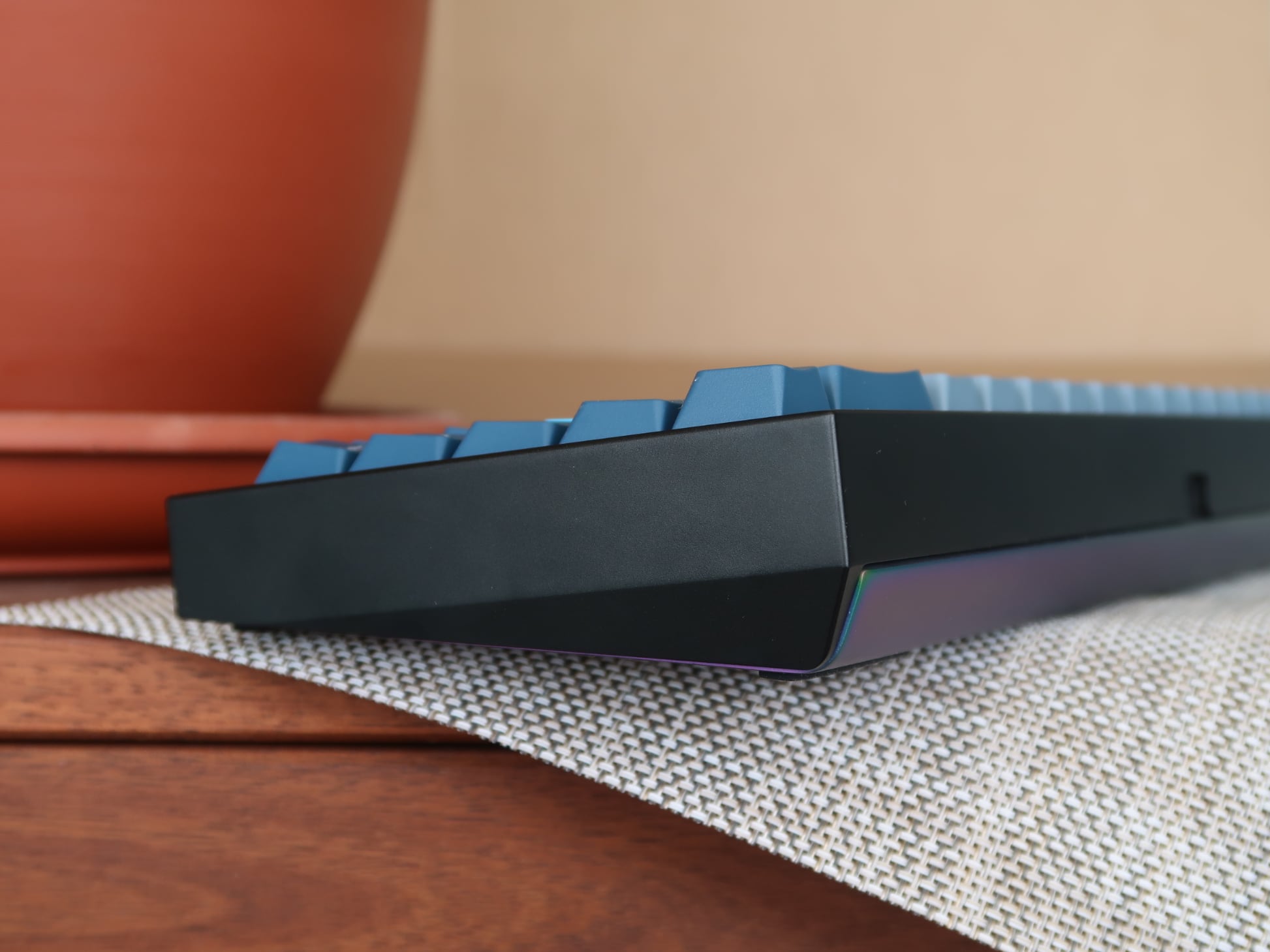
Typing acoustics & experience
Usually I would go into detail of each part in the build process, but since there are tons of videos on YouTube covering them, I’d just go straight into the typing experience.
Qwertykeys offered a lot of options in your build – different foams at different ares, and two types of gaskets. If you want the marbly sound that the Jelly Epoch was known for, simply slap on the PE sheet (the thin one), and your switches will sound like marbles. But do note that this also makes every switch kind of sound the same.
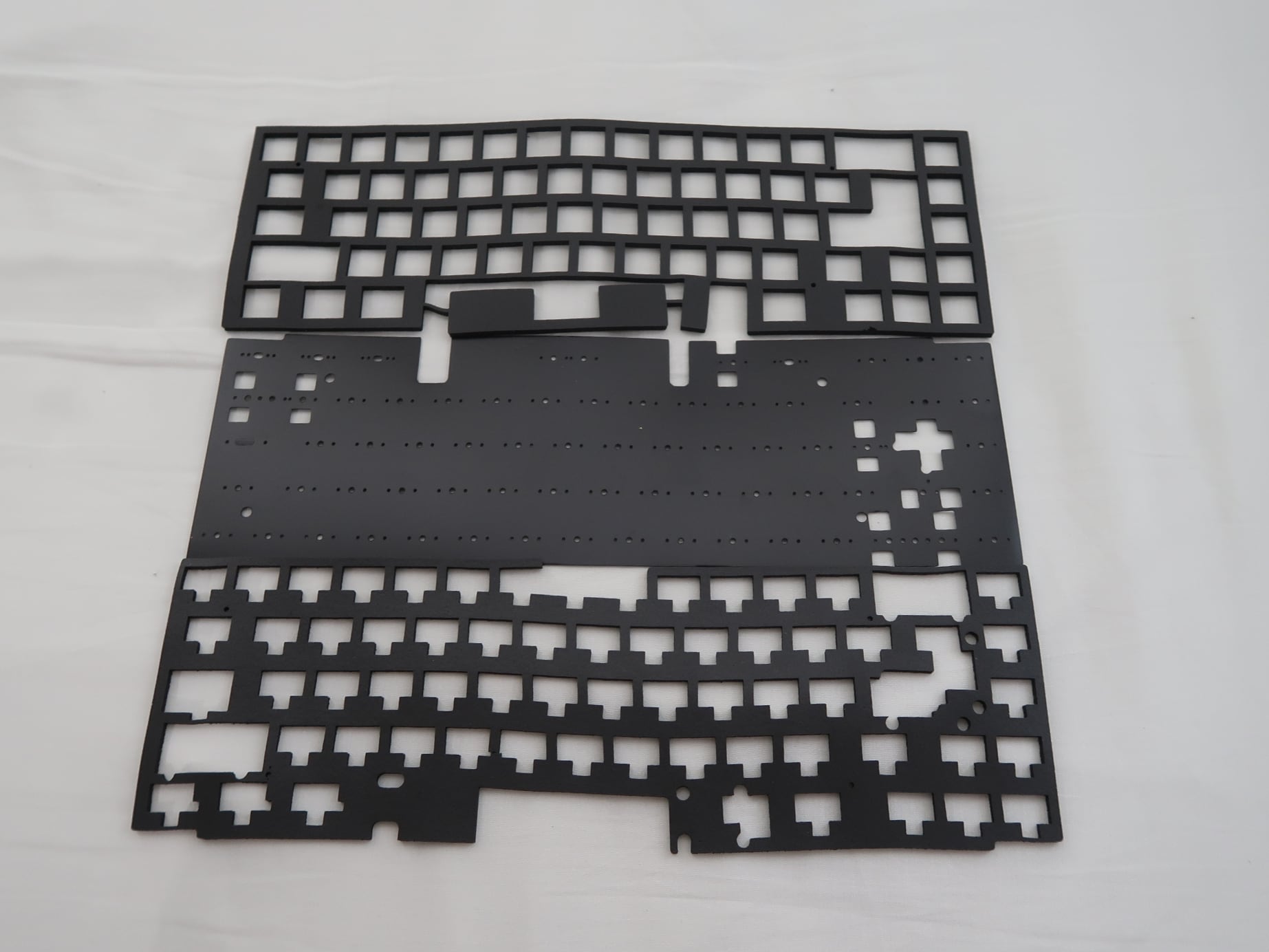
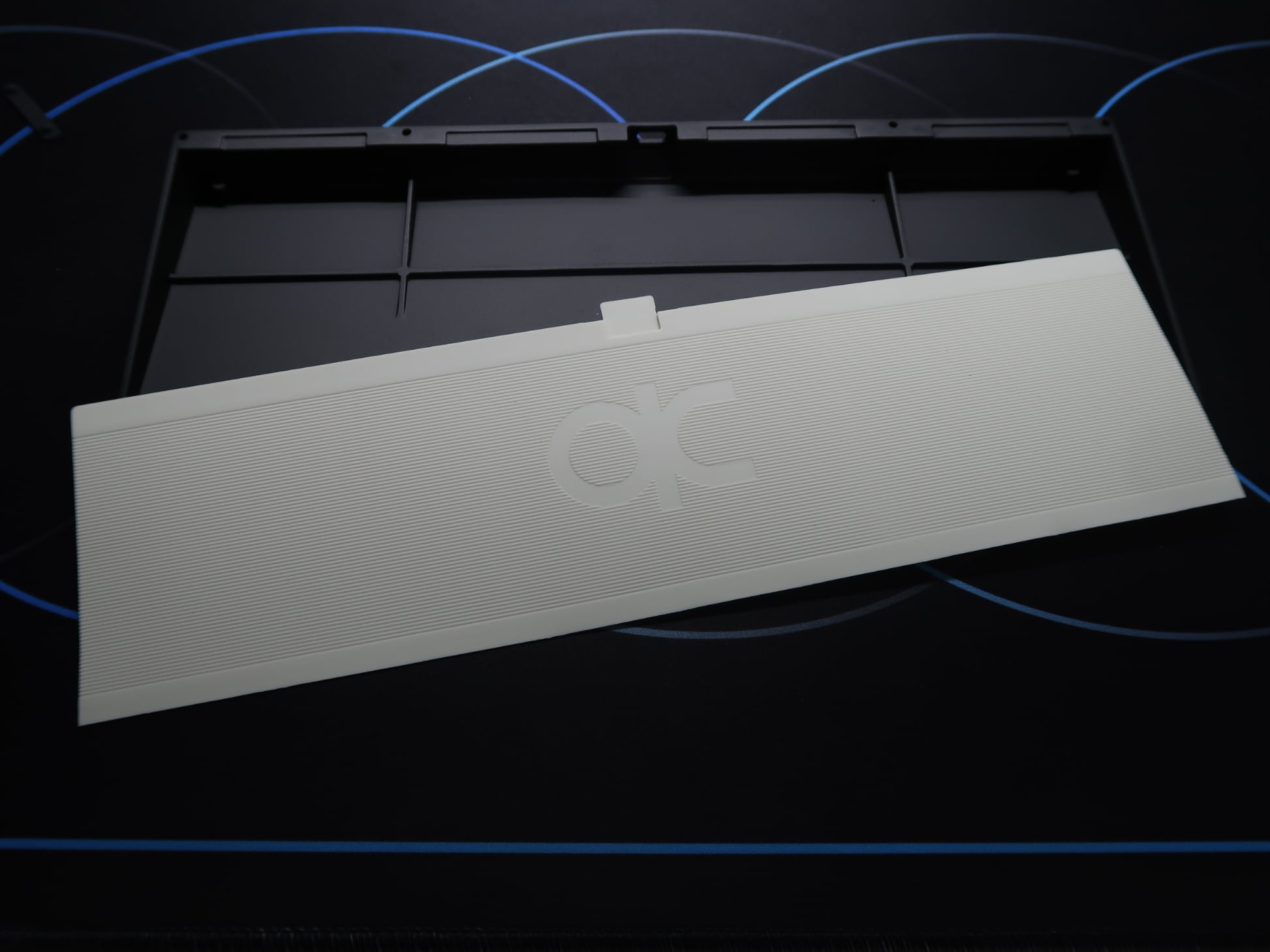
Apart from foams, Qwertykeys also included a silicon dampener meant to be placed on the bottom case to reduce hollowness. To test the QK65‘s reliance on foam when it comes to acoustics, I initially built the keyboard with just the silicon pad and no foams at all. The result – not the best sounding as you can hear some reverb and hollowness from the switch bottoming out, but at least no ping.
I added bottom case foam, and it made a good difference. The sound is cleaner and there is no more hollowness being heard. I feel like adding the silicon dampener and the bottom case is the bare minimum for the QK65 to sound good, while retaining some flex. You can check out the below videos for the quick sound test without any mid-plate foam or sheet.
Speaking of flex, there isn’t that much flex to visually see. This was more or less expected as the USB port is soldered onto the PCB instead of using a daughterboard. So if you want flex, definitely use the gasket socks instead of the gasket jackets. The PCB also has flex cuts to help with flex as well. You can still expect a gentle bottom out, but not something that is bouncy.
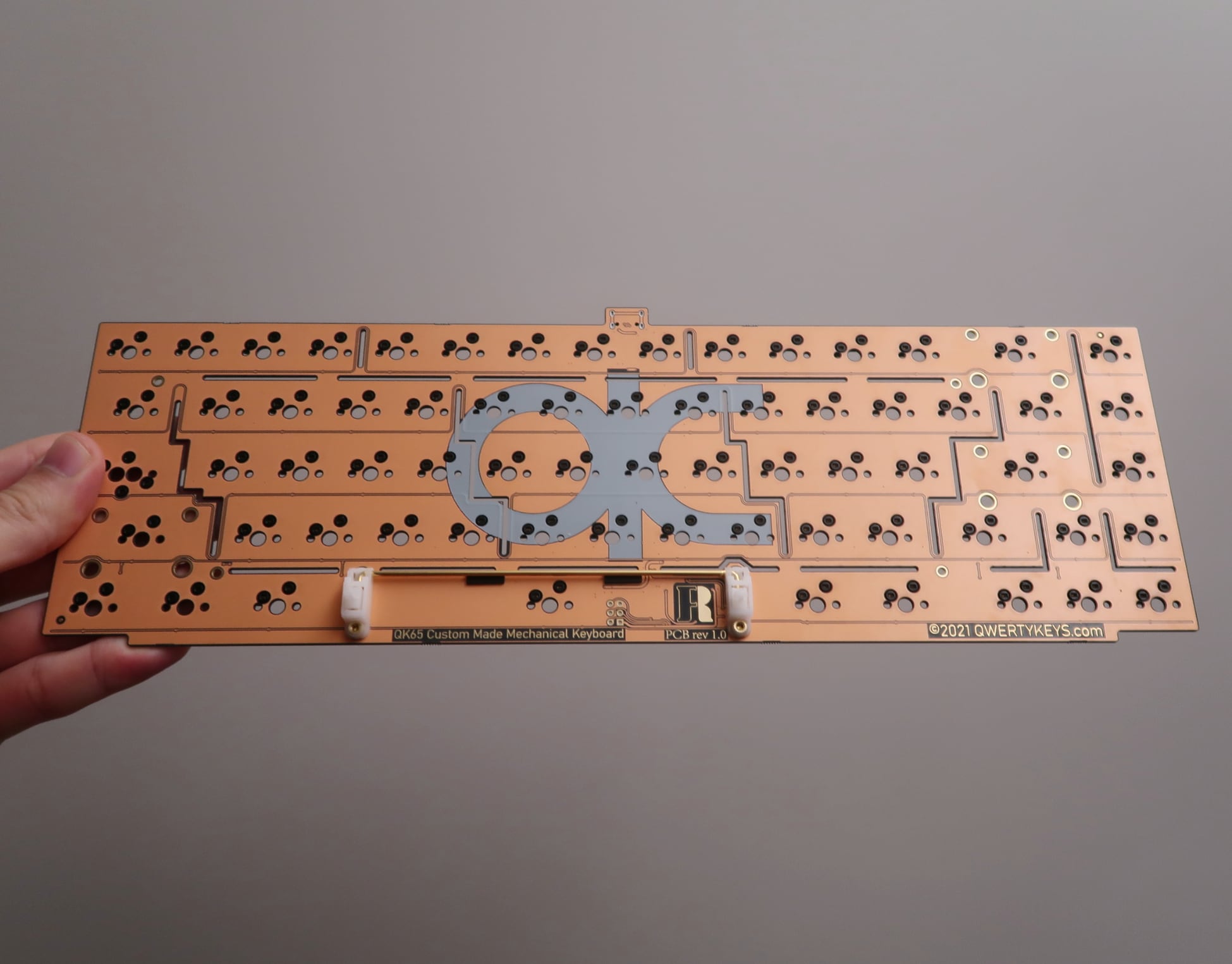
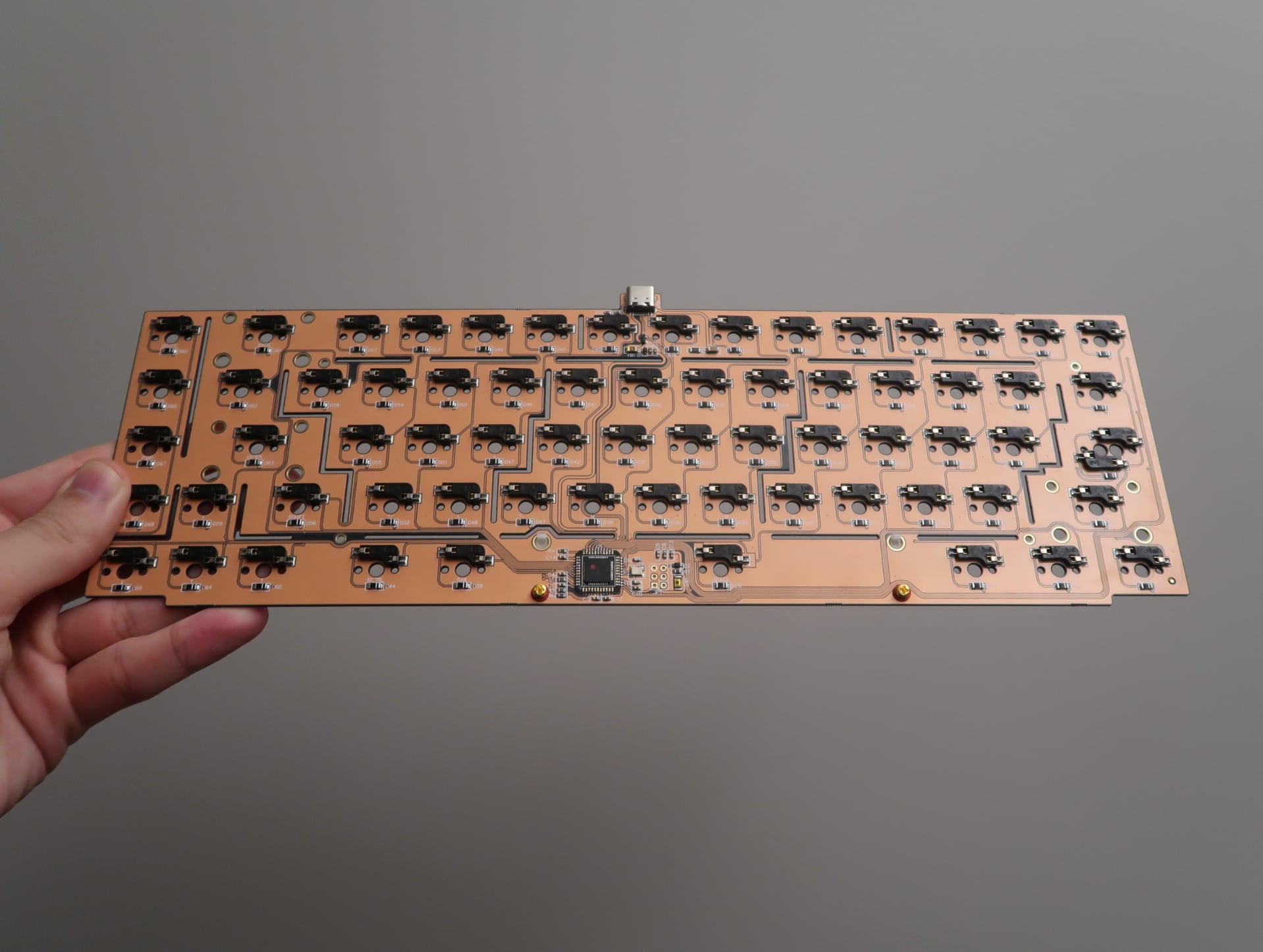
VIA support
For a 65% keyboard, I personally find having VIA support essential for productivity sake. For example, I’m used to having the ‘Delete’ key diagonally below the ‘Backspace’ and VIA allows me to customise that. You can also make useful shortcuts like Fn + Arrow Down to reduce volume. To download VIA, you can get it from its GitHub page.
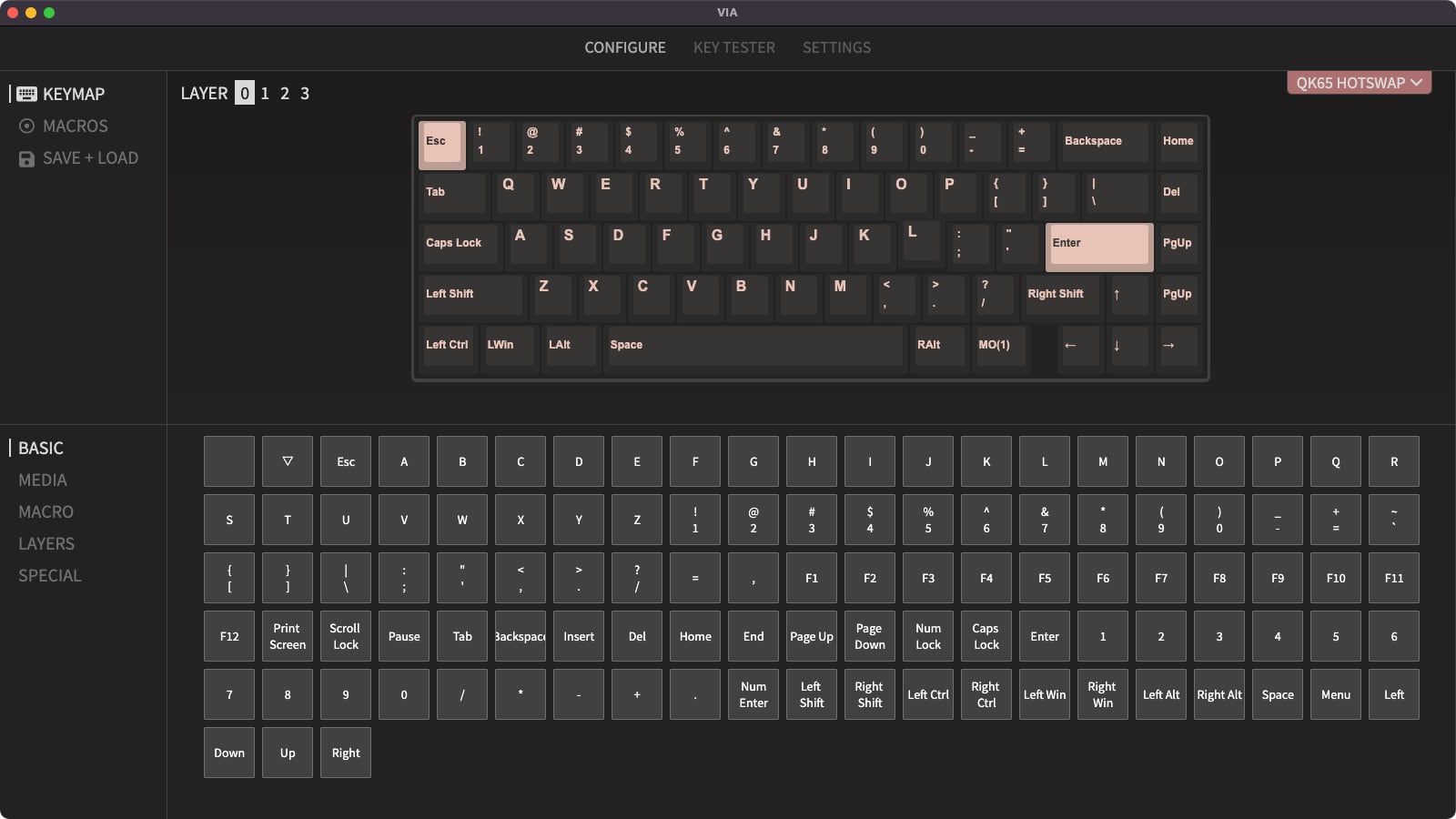
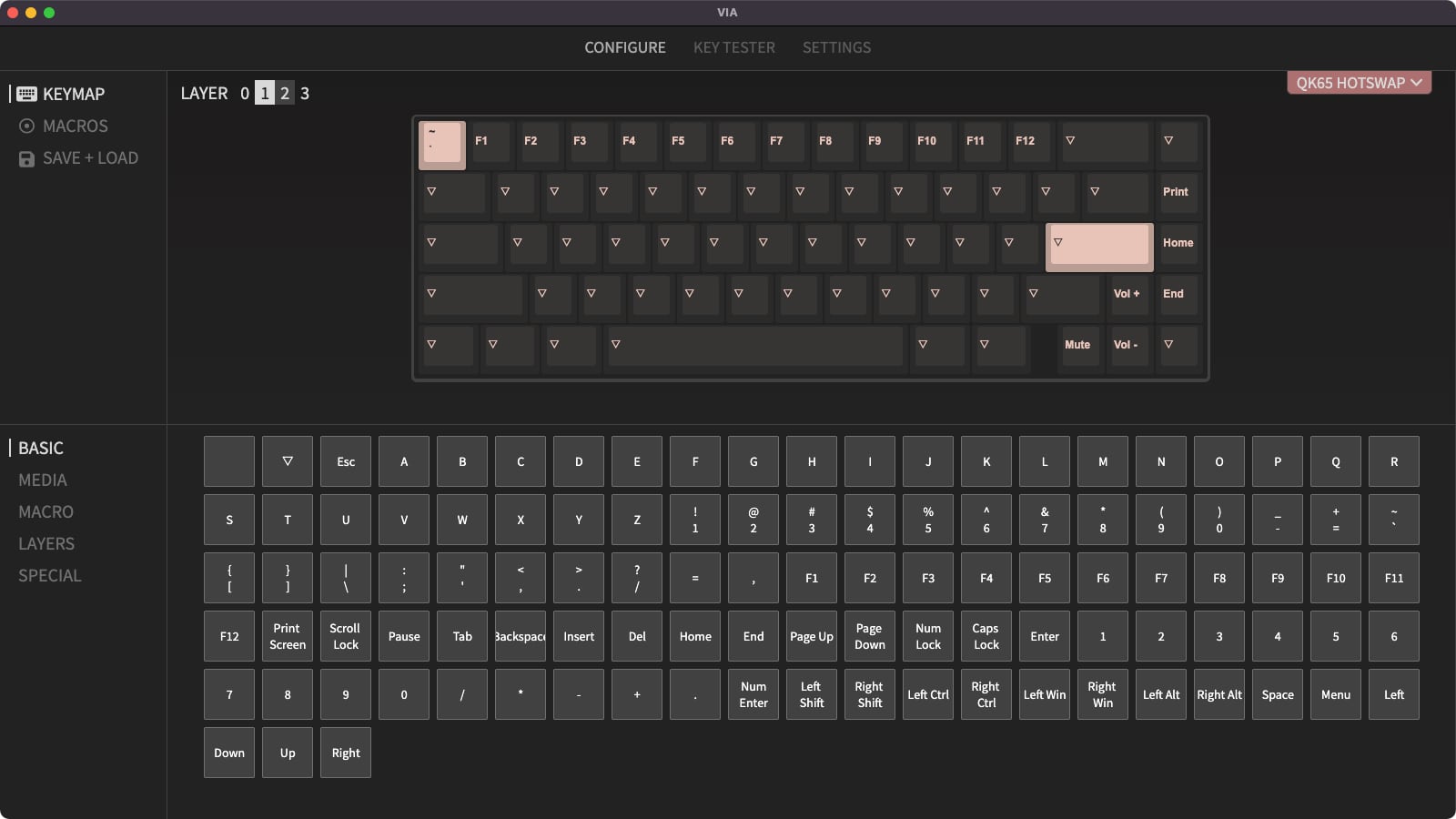
Conclusion
If you can still get the QK65 keyboard for around S$250, I think that it is the best value custom keyboard in that price category. The design, build quality, and customisation offered in the build process, are second to none in the price range. If your budget is around S$200, then I believe that you are someone who does care about the design not just on the value. Unless you prefer your 65% keyboard to have a knob, else I’m hard pressed to find another aluminium keyboard that offers the same value as the QK65.

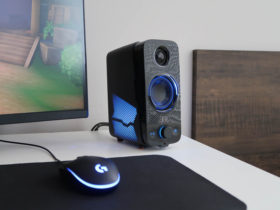
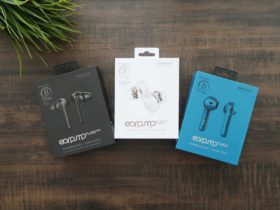
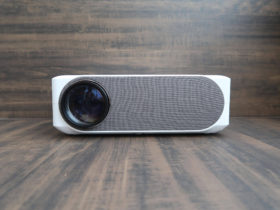
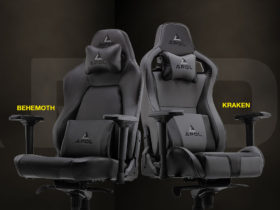
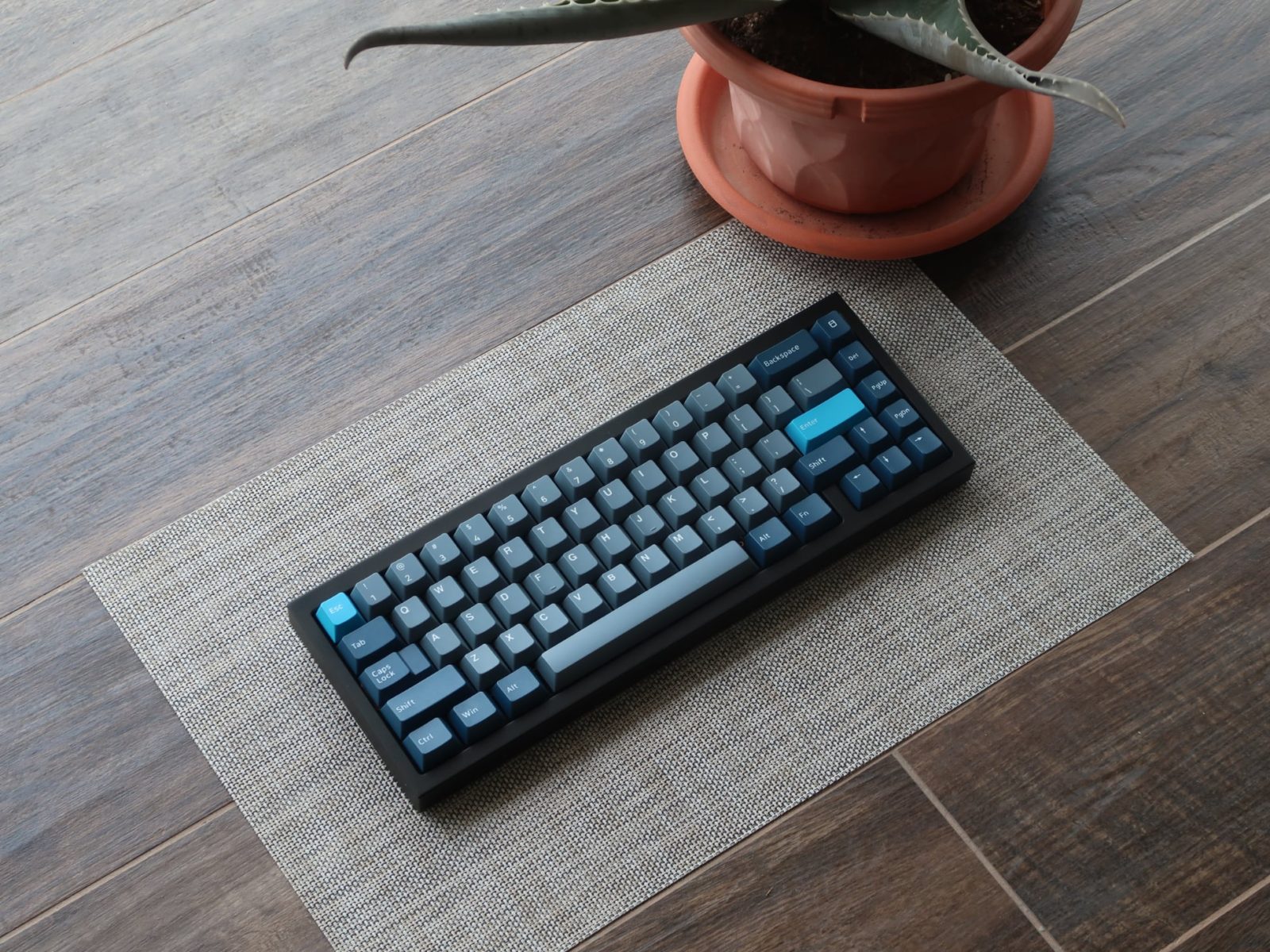
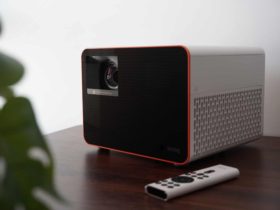



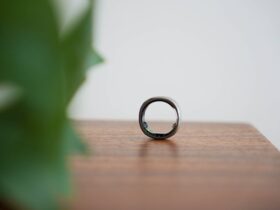
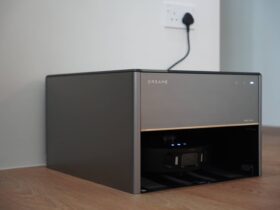
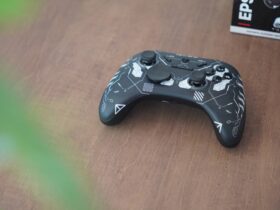
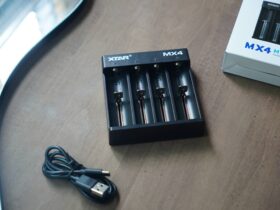
Leave a Reply